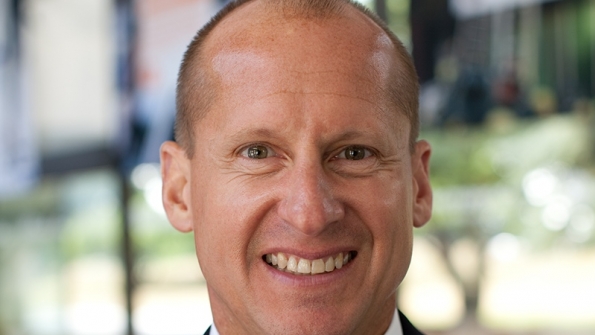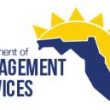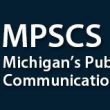Convergence of public-safety technologies really equals complementary technologies for safer, thriving communities in North America
There is no doubt that deployment of a nationwide public-safety broadband network based on Long-Term Evolution (LTE) technology will provide an opportunity to deliver endless levels of interoperability, operability and high-speed video, data services and eventually mission-critical voice to first responders across the United States. But those first responders, communications directors and other public safety experts agree that land mobile radio (LMR) systems will remain the primary solution for mission-critical voice communications for many years to come.
Emergency response agencies today face increased challenges as they work tirelessly to create safer environments for their communities.
In a time when resources are limited and agencies are being asked to do more with less, criminal elements are getting more technology savvy, taking advantage of the latest innovations to try to gain an edge. New types of crimes are popping up in communities, and agencies are becoming increasingly engaged in responses that require complex regional or multi-jurisdictional coordination.
Typically, public safety has relied on LMR networks, and these have performed very well as they are specifically designed for disaster management and, today, interoperable communications between agencies.
Over the next decade, Project 25 (P25) will remain as one of the best tools for mission-critical voice communications, and agencies are continuing to leverage investments in the technology by adding data and application capabilities to digital radio communications.
But while P25 data applications will continue to serve the industry well, the value of having access to broadband is clear as responders start to rely on multimedia, video and database access to help them do their jobs more efficiently and effectively.
And LTE continues to gain traction worldwide as the public-safety mobile broadband standard. But while a nationwide public safety broadband network is being planned, LTE is not yet ready to meet all mission-critical user requirements.
Motorola Solutions’ view is that LMR and broadband will complement each other for years to come. Because they are optimized for different purposes, they are not mutually exclusive, but are rather complementary technologies.
When converging LMR and LTE in public-safety communications, there are many deployment models available today – agencies can have any combination of mission-critical radios on public safety networks, specialized broadband devices on dedicated broadband networks, and/or consumer-grade devices on carrier networks – and it is clear that various models will be utilized around the world.
But the bigger question is – how do we create optimized end-user experiences across a multitude of different devices, networks and systems so that users are able to access and share information regardless of network or device?
A converged LMR and broadband network will unlock access to information and enable better collaboration, but decisions will ultimately be driven by desired user experiences and applications.
The amount of information available today is staggering and the right tools and systems are required to integrate, filter, sort and correlate this data to derive value.
To keep up with the pace of technology innovation, agencies are looking for flexibility and choice to quickly and easily adopt advances – without compromising high levels of required security and coverage.
Where information has typically been used post-incident to determine who committed a crime, predictive response strategies are now being contemplated. Motorola Solutions is working with agencies to manage and integrate their services to enable desired user experiences and deploy real-time command centers to help do the heavy lifting of correlating and analysing data to enable a common operating view.
To summarize, over the next few years, we are likely to see significant changes in the way emergency response agencies communicate. Broadband will help deliver the high-speed data that LMR dreams about and it’s easy to see that with their individual strengths, LMR and broadband will complement each other and agencies will benefit from both.
With the right technology and expertise, agencies will be able to turn noise into information, information into intelligence, and intelligence into safety, to build safer, and more resilient communities overall.
Bruce Brda is Motorola Solutions’ Senior Vice President for Government Solutions. He is responsible for the creation, sale and delivery of solutions and services and leads the company’s learning and customer advocacy teams.
















